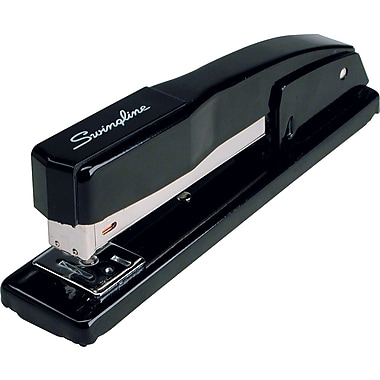which usually ~ means written or spoken word~.
How would the language of ASL fit into this category? It is a language in the sense that is used to convey information and uses hand motions that replace words, but could it also be grouped as a gestural mode as well as a linguistic? Different gestures of the way gestures are made can also convey emotion and extra layers of meaning. (https://qualityansweringservice.com/american-sign-language-guide/)

